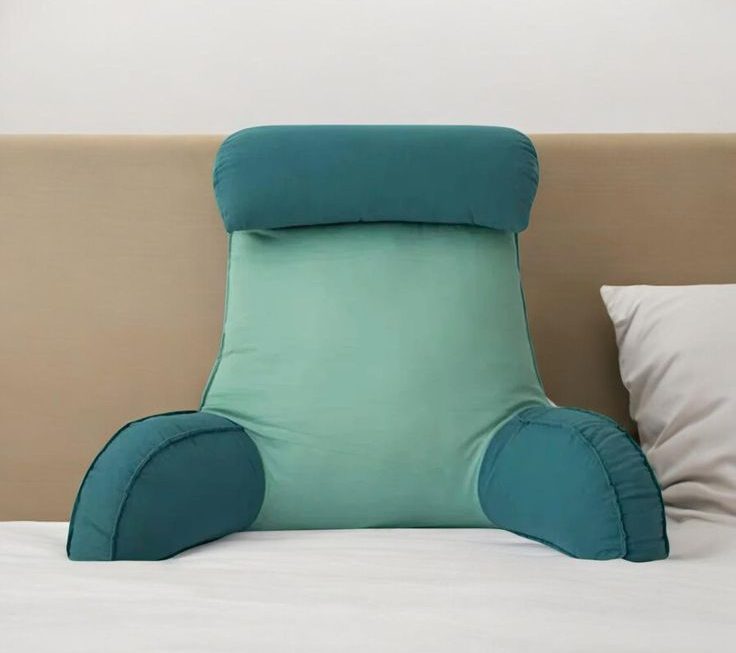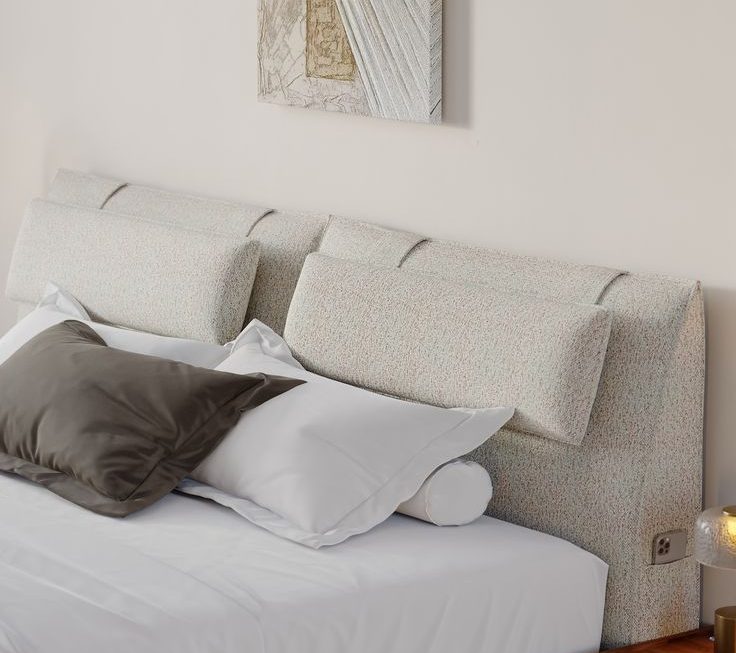 Introduction:
Introduction:
Cushions add comfort and style to our living spaces, but they can accumulate dirt, spills, and allergens over time. Regularly washing cushions helps maintain cleanliness, freshness, and prolong their lifespan. However, it’s important to follow the appropriate cleaning methods to ensure effective and safe results. In this comprehensive guide, we will explore step-by-step instructions on how to wash cushions, providing tips for different cushion types and materials to help you keep your cushions clean and looking their best.
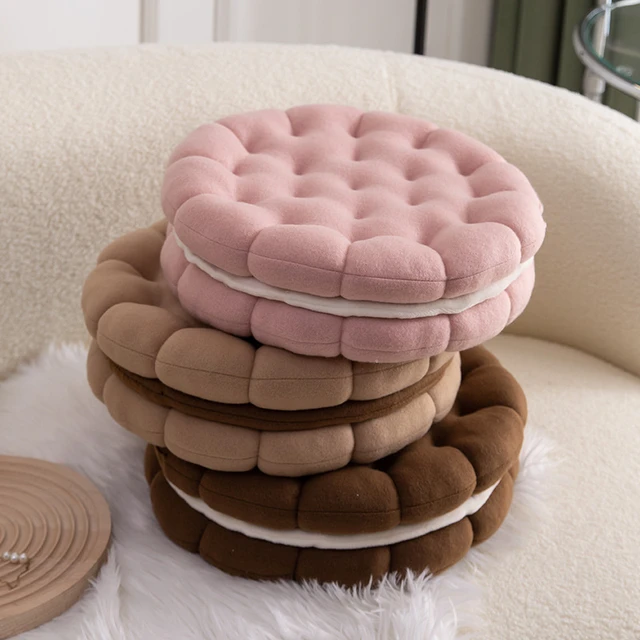 Some popular material trends for cushions:
Some popular material trends for cushions:
The material trends for cushions vary depending on the current design and fashion influences. Here are some popular material trends for cushions:
Natural materials:
There is an increasing trend towards using natural materials for cushions. This includes materials like cotton, linen, wool, and jute. These materials provide a warm and cozy feel and are also eco-friendly.
Textured fabrics:
Cushions with textured fabrics are gaining popularity. This includes materials like velvet, faux fur, chenille, or boucle. Textured cushions add depth and visual interest to a space, creating a luxurious and inviting atmosphere.
Sustainable materials:
As sustainability and environmental consciousness continue to be important, there is a growing trend towards using sustainable materials for cushions. This includes materials like organic cotton, hemp, or recycled fibers. These materials contribute to a more eco-friendly and responsible decor approach.
Bold patterns and prints:
Cushions with bold patterns and prints are in style. This includes geometric patterns, floral prints, abstract designs, or tribal motifs. Bold patterns can add a pop of color and visual impact to a space, creating a focal point or enhancing the overall aesthetic.
Metallic accents:
Cushions with metallic accents, such as metallic threads, foiled designs, or embellishments, are growing in popularity. Metallic elements add a touch of glamour and modernity to cushions, creating a sophisticated and stylish look.
Embroidery and embellishments:
Cushions with intricate embroidery or decorative embellishments are also trending. This includes cushions with hand-stitched details, beading, sequins, or tassels. Embroidery and embellishments add a touch of craftsmanship and uniqueness, making cushions stand out.
It’s important to note that trends can vary over time, and personal preference should always be considered when choosing cushion materials. Ultimately, it’s important to select materials that align with your personal style, provide comfort, and enhance the overall aesthetic of your space.
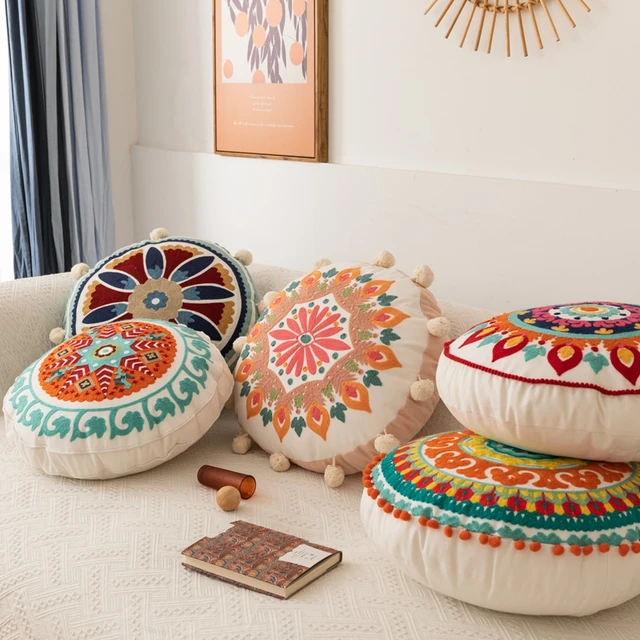 Understanding Cushion Types and Materials
Understanding Cushion Types and Materials
Throw Pillows:
Throw pillows are decorative cushions often used on sofas, chairs, or beds.
They can be made from various materials, such as cotton, polyester, velvet, or blends.
Seat Cushions:
Seat cushions are designed for comfort and are commonly found on chairs, dining sets, or patio furniture.
They can be filled with foam, polyester fiber, feathers, or a combination of these materials.
Outdoor Cushions:
Outdoor cushions are specifically designed to withstand outdoor elements.
They are often made from water-resistant or waterproof materials.
Preparing Cushions for Washing
Read Care Labels:
Check the manufacturer’s care labels on the cushions for any specific washing instructions or restrictions.
Follow these instructions to avoid damaging the cushions.
Spot Cleaning:
Use a clean cloth or sponge with mild detergent or a designated stain remover to spot clean any visible stains or spills.
Gently dab the affected area, taking care not to scrub vigorously.
Vacuuming:
Before washing, use a vacuum cleaner with a brush attachment to remove any loose dirt, dust, or pet hair from the cushions.
This step helps minimize the amount of debris that may become trapped during the washing process.
Machine or Hand Washing Cushions
Machine Washing:
Check the care labels for instructions on machine washing.
If permitted, remove cushion covers (if applicable) and place them in the washing machine on a gentle or delicate cycle.
Hand Washing:
For cushions that cannot be machine washed, fill a basin or bathtub with cool or lukewarm water.
Add mild detergent and mix well to create a gentle cleaning solution for hand washing.
Washing Techniques:
Many cushions are designed to be removable and washable. This is especially common for cushions with removable covers. The covers can typically be taken off and laundered in a washing machine or by hand according to the care instructions provided by the manufacturer.
However, it’s important to note that not all cushions are designed to be washed. Some cushions may have non-removable covers or may need to be professionally cleaned. It’s always best to check the care instructions on the cushion or its cover to determine whether it can be washed and the recommended method for cleaning.
If the cushion itself is not removable or washable, you can still clean it by spot cleaning any stains or spills with a mild detergent or stain remover. Alternatively, you can use a fabric freshener or steam cleaner to freshen up the cushion.
Overall, it’s important to follow the care instructions provided by the manufacturer to ensure that the cushions are properly maintained and preserved.
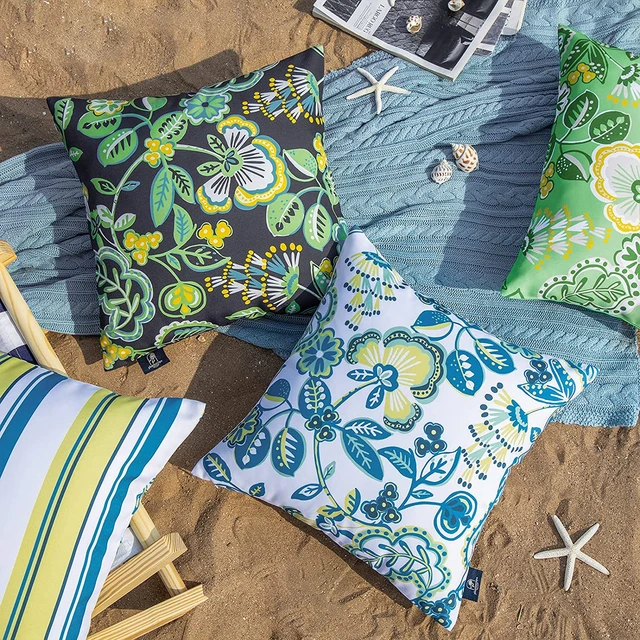 Drying Cushions
Drying Cushions
Air Drying:
After washing, remove excess water by gently squeezing or pressing the cushions.
Place them on a clean, dry towel in a well-ventilated area to air dry.
Fluffing and Reshaping:
During the drying process, periodically fluff and reshape the cushions to help them retain their original shape and prevent clumping.
Sun Exposure (Outdoor Cushions):
If you’re washing outdoor cushions, consider exposing them to sunlight after washing.
Sunlight can help eliminate any lingering odors and provide natural disinfection.
Maintaining and Protecting Cushions
Regular Maintenance:
Vacuum and fluff cushions regularly to minimize dirt and dust buildup.
Spot clean any stains or spills as soon as possible to prevent them from setting in.
Using Cushion Covers:
Consider using removable cushion covers that can be easily removed and machine washed separately.
Cushion covers help protect the cushions from direct contact with dirt and spills, keeping them cleaner
Waterproofing (Outdoor Cushions):
Apply a waterproofing spray or fabric protector specifically designed for outdoor use.
This additional layer of protection helps repel water and prevent staining, prolonging the life of outdoor cushions.
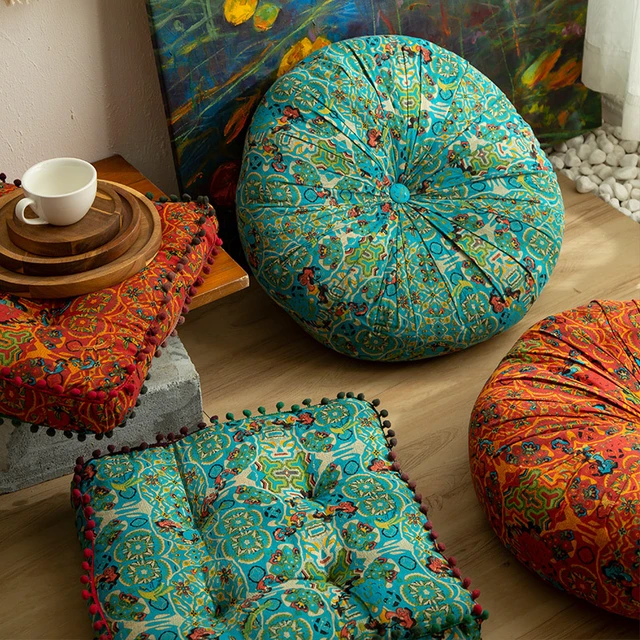 Conclusion:
Conclusion:
Regular washing and maintenance of cushions are essential for keeping them clean, fresh, and looking their best. Understanding the different cushion types and materials will help you determine the appropriate cleaning methods. Whether machine or hand washing, it’s important to follow care label instructions and spot clean stains before washing. Air drying and periodic fluffing will ensure proper cushion restoration. By incorporating these practices into your cleaning routine and protecting cushions with removable covers or waterproofing, you can maintain the cleanliness and longevity of your cushions, ensuring comfort and enjoyment for years to come.

